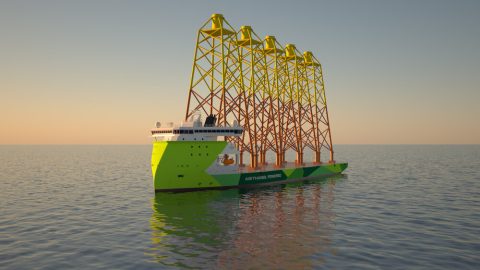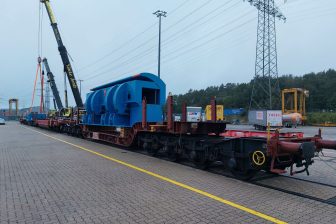
Ulstein unveils new heavy transport vessel design
Photo: Ulstein
Ulstein has developed a new heavy transport vessel, the HX121, to meet the increasing logistic requirements for offshore wind components that are transported across the globe. This new design features an Ulstein X-Bow which enhances seakeeping, maximises deck space, and optimises aft ship for low fuel consumption. The result is an effective and balanced design that relies on proven technologies and can optionally furnish DP2.
Want to read more?
You have read all of your free premium articles for this month. Please become a subscriber to keep reading.
Subscribe now!
Take advantage of our exclusive offer to get full access to all premium content.




